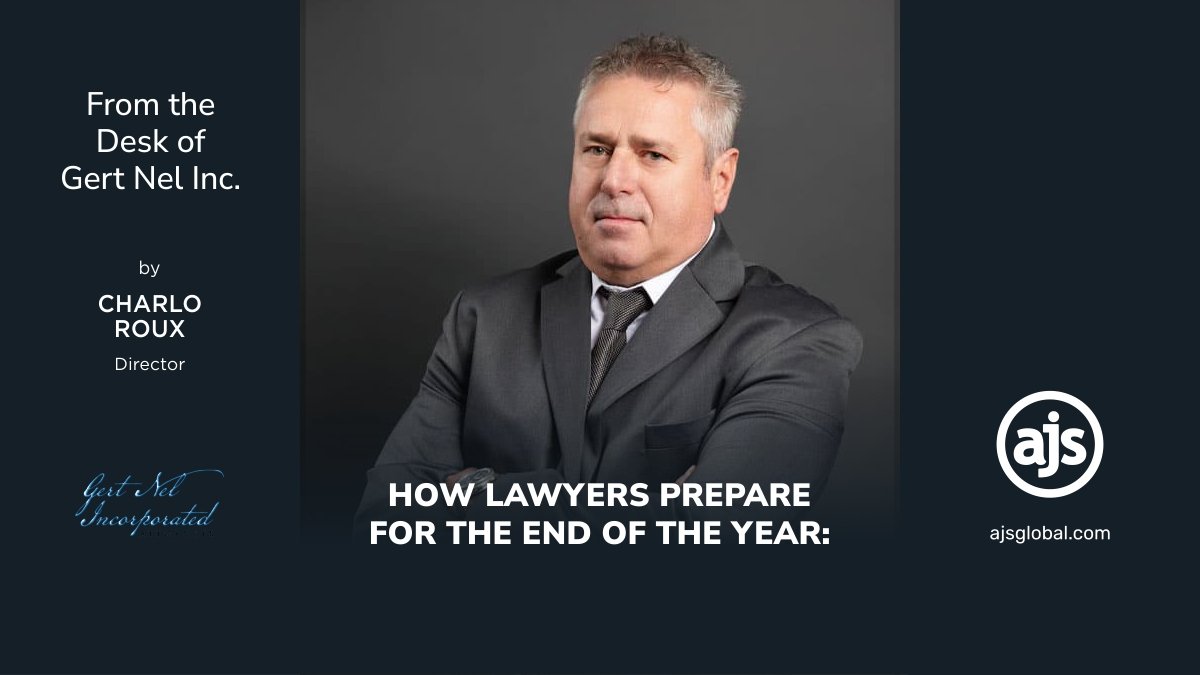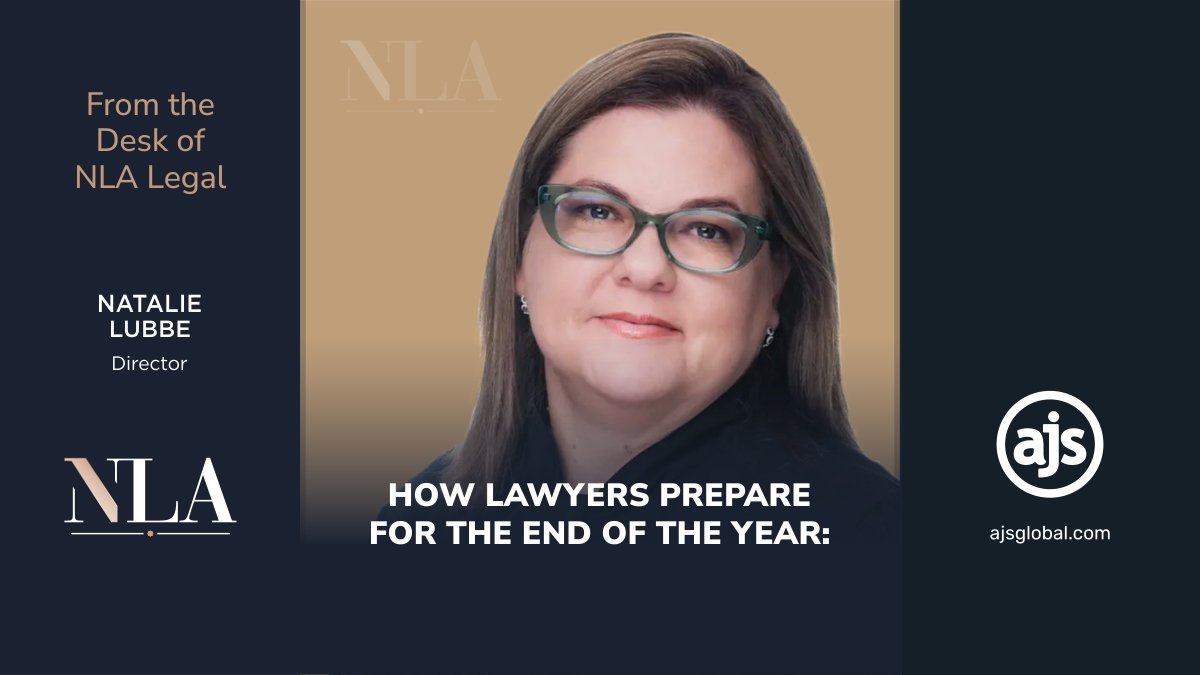
The Zen of Work: Fee Write Offs
Fee Write Offs
With “Holly” on a mission to take control of her work situation – aiming to instil a feeling of Zen in her workspace – she has come to us seeking answers.
And we are happy to oblige Holly. As always.
After getting her law firm up and running – taking time to learn all about the “buzz words” out there, Holly has started to focus her attention inward. Looking more closely at how her law firm is actually operating. Or at least, how it should be operating.
And there is a lot to take in where the optimal operating of a law firm is concerned.
Take writing off fees as an example.
When should Holly write off a fee? When should she include a fee in her monthly invoice? Not understanding the “when and when not to” rules of fees has Holly a little confused. And in a bit of a tizz. It’s hard enough earning fees, now she must write some off?
So, let’s chat a bit about writing off fees and put Holly’s mind at ease.
Earning fees
It’s important before we discuss writing off fees, to understand how fees are earned in the first place.
As has always been the case, a legal practitioner will earn fees based on work carried out for and on behalf of a client. The fee here is often recorded on a cost per hour basis.
“Work” as mentioned above, often includes consultations with clients, counsel and opposing counsel, drafting papers including court documents and letters or emails, research on a matter, time spent on telephone calls, MS Teams calls or Zoom calls and attendance at court. In other words, work carried out by a legal practitioner that can be easily attributed to a specific matter i.e. they are direct costs.
But there are also other fees, such as disbursement costs and what is known as “soft costs”.
Disbursements are cost items incurred by a law firm on behalf of a client. Disbursement fees often include items such as travel fees, counsel fees, sheriff fees, correspondent attorney fees, revenue stamps, courier charges, photocopying and faxing charges. Disbursement fees are regarded as reasonable and necessary for the performance of the work concerned and are simply (and easily if you are using AJS) included in a monthly invoice as part and parcel of all direct costs related to a matter.
And then there are other costs, referred to as “soft costs” or indirect costs. Soft costs are often regarded as general overhead expenses and can include telephone, internet, and copy costs.
Soft costs can be included by law firms in their monthly invoices by means of a kind of automated billing. For example, many copy machines or telephone systems allow a law firm to assign each matter a number which then tracks the number of copies, or the duration of all calls made under that matter number which then allows a fee earner to include that particular fee in a monthly invoice. Industry-specific accounting and billing programs like AJS Enterprise Legal Accounting & Practice Management allow firms to include these soft costs on the client invoice and recoup them from the client when the invoice is sent out.
“Writing off fees”
There is no denying that there is increased competition within the legal market. Clients – who now find themselves in the driver’s seat – are seemingly dictating what can and cannot be charged for, often placing restrictions on what they will pay for. There is an increased demand for more affordable legal services and clients are not affraid to take their matters elsewhere if a law firm cannot meet this demand.
As a result, law firms are regularly finding themselves in the position of writing off fees. Touting lines such as “x law firm doesn’t charge me for research costs”, lawyers are finding themselves making concessions to please (and keep) their clients.
But the knock-on effect of these concessions is a decrease in revenue and in turn, sustainable growth.
And that cannot be the aim for the long run.
Sure, there are certain instances where writing off costs (or not including a cost) will be necessary – often where long-standing clients are concerned. But it’s important for law firms, like Holly’s, to objectively assess writing off fees versus the growth of the business.
To ensure that write offs don’t affect Holly’s bottom line, she must look at turning her soft expenses into potential revenue streams which could lead to an untapped profit model for Holly’s practice.
To begin with –
- Holly needs to understand and appreciate the value of the services she’s offering to her clients, and
- She must ensure that the writing off of a fee adheres to a strict objective process.
With the above in mind, Holly will need to create an objective process when considering requests or expectations to write off a fee. An approval path should be followed where objective decisions are made by comparing the cost of writing off the fee versus the future revenue potential of the client for whom the fee is being written off for.
It’s then advisable for Holly to list the written off expense on the invoice and show the amount that she wrote off, thereby demonstrating (in no uncertain terms) to her client the added value she is offering.
With strategic thinking about how and where to recover costs and how to document costs, Holly’s firm can develop a successful approach to recouping costs that not only improves Holly’s bottom line but will also improve how she does business with clients going forward.
And luckily for Holly, her legal and accounting software by AJS affords her the ease of including direct costs, disbursements, and soft costs in her invoices. Simply and easy – with just one click.
There are a lot of attorneys who have the software packages in place but are just not sure how to fully use them, what everything does and how they can optimise their practice to ensure that it is performing with accuracy and reliability.
But, with the help of AJS, your practice (regardless of its size) can (and will) succeed.
We will continue going through tips, answering your FAQ’s, and providing you with information that will better equip the everyday user of legal tech, like you and like Holly, to achieve a state of Work Zen.
It’s all easy. If you know how… Just ask us.





Leave a Reply